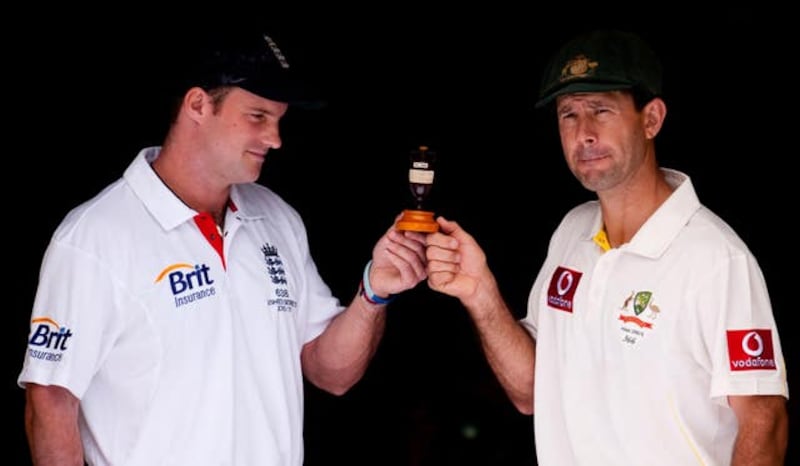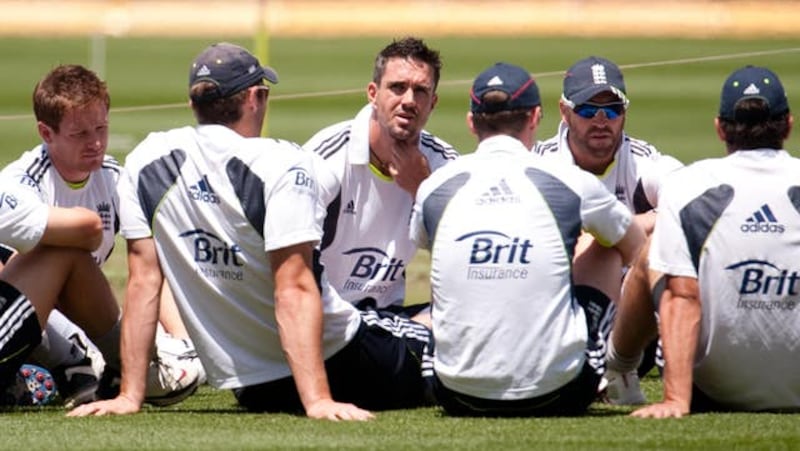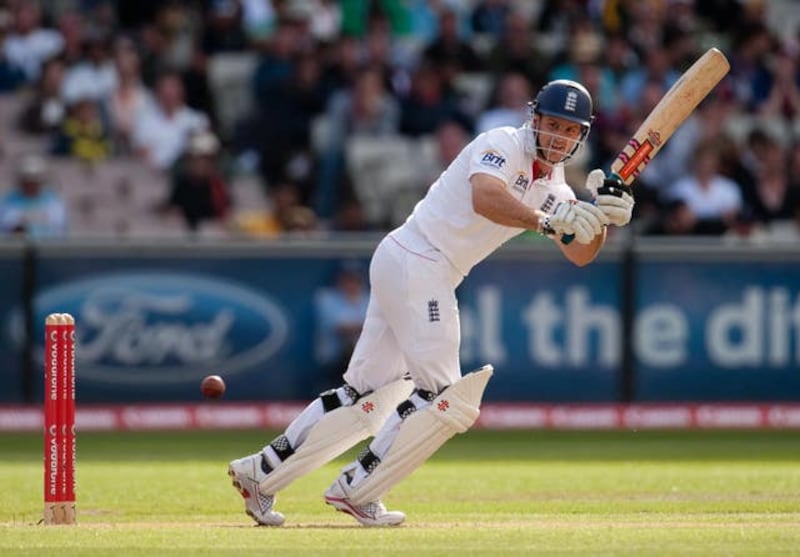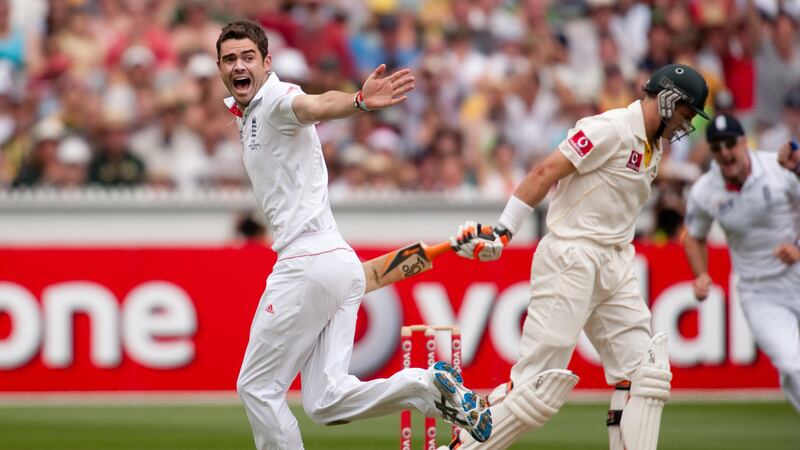The England team of 2017, already 3-0 down in this winter’s Ashes series, could only dream of skittling an Australia side containing Steve Smith Down Under for 98 runs – in 2010 many England fans woke up to that reality on Boxing Day.
It would be another eight months before England took top spot in the ICC’s Test rankings, but going into the 2010/11 tour of Australia, Andrew Strauss’s men were undefeated in six series, including against the West Indies, South Africa, and Australia back in 2009.

After three Tests there was little to suggest that a hammering was on the cards, from an England outfit that had just undone all their good work with two batting collapses in Perth that allowed the home side to level the series at 1-1.
The opening Test in Brisbane had seen England recover from a first innings deficit of 221 to a draw, courtesy of a quite stunning score of 517-1 (Strauss 110, Cook 235*, Trott 135*), before clinching the second Test by an innings.
England then relinquished the chance to take control of the series in Perth. Having had Australia 36-4 they allowed the hosts to reach 268 all out, before going from 78-0 to 187 all out in their own first innings – Australia triumphed by 267 runs.
And so to Melbourne, the fourth Test in a series finely poised. The cast? Matt Prior with the gloves, Kevin Pietersen at backward point, Strauss at first slip, Graeme Swann at second slip, and with the ball, Jimmy Anderson, Chris Tremlett, and Tim Bresnan.

Australia’s opening batsmen survived exactly 20 deliveries before losing their first wicket, but even then it could have been worse. Shane Watson dropped twice before scoring a single run.
Chris Tremlett put a halt to the nonsense, all 6ft 7ins of him. The Southampton-born pace man set the dominoes tumbling with an absolute rip-snorter of a delivery. With the ball rearing horribly off the pitch, Watson was all tied up, and had to offer something to a ball which was near enough unplayable.
That proved to be the case as Watson’s hands proved too slow, looping a simple catch to Kevin Pietersen at backward point.
In a near-perfect exhibition of line and length, England then removed Phillip Hughes and the great Ricky Ponting, but it was possibly the removal of the obdurate Mike Hussey, who had already made more than 500 runs in the series, before a rain delay, that proved the turning point. With Australia 58-3 before Anderson had Hussey caught behind, the innings could have gone either way.
Lunch came and went, and food clearly did little to strengthen the Aussie middle order’s resolve. A mixture of admirable attempts to play the conditions, and downright inexcusable wafts saw all 10 Australian wickets fall caught behind.
While the edges of Aussie bats were found with relentless accuracy, it was the middle of Prior’s gloves that felt the force of the ball most, the wicket-keeper taking six catches behind the stumps.
4️⃣ for Jimmy Anderson4️⃣ for Chris Tremlett6️⃣ catches for Matt Prior#TBT to England skittling Australia for 98 on Boxing Day in 2010! pic.twitter.com/2UyrOgFMy3
— The Ashes on BT Sport (@btsportcricket) September 14, 2017
By the time Tremlett removed Ben Hilfenhaus for a duck (c Prior, obviously…) Australia had batted 42.5 overs at a run rate of 2.28 for three hours and 15 minutes – seven hours and 10 minutes less than Cook batted for his 235 in the opening Test.
It was their lowest score against England since 1968 and their lowest score against England at home since 1936 – but in very un-English fashion, the touring side were about to rub further salt into the wound.
A famous saying in cricket goes that you can’t judge a pitch until both sides have batted on it, but conditions play a part too – England could perhaps count themselves rather fortunate that the clouds disappeared and the sun greeted Strauss and Cook at the crease after tea.
Conditions aside, the touring openers showed they had learned from their opponents’ mistakes. Leaving plenty and scoring runs at the sort of leisurely rate you might expect a team chasing only 98 to score at, Andrew Strauss took England into the lead with all 10 wickets intact, the only scare an overturned lbw decision against Cook.
The sunshine smiled on England as the opening pair waltzed serenely into the distance, finishing the day on 157-0, a lead of 59.

All that laid the groundwork for one of England’s most comprehensive wins in Australia. The next day England completed an innings in which they batted almost four times longer than their opponents, in terms of both overs and minutes, reaching 513 all out. Australia could only muster 258, albeit a vast improvement on their first innings total, and lost by an innings.
The fifth Test saw England cruise to victory, again by an innings, to seal the series 3-1. But it was Boxing Day that broke the Aussie resistance, as Australia were caught out, time and again, by England’s line and length.
And so to 2017. With Joe Root’s England side already 3-0 down with only two to play, there is no hope of retaining the Ashes the team won in 2015.
However, a performance like that in 2010 might go some way to restoring confidence in a team that, not so long ago, dominated Australia so convincingly on their own turf.








